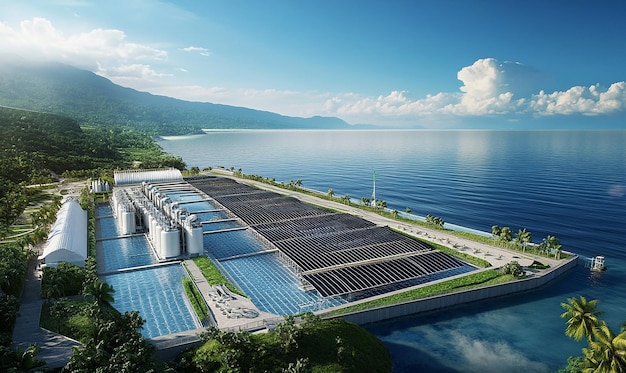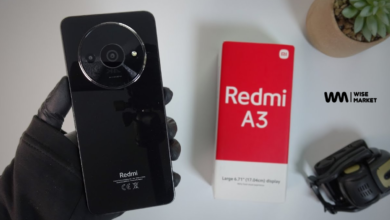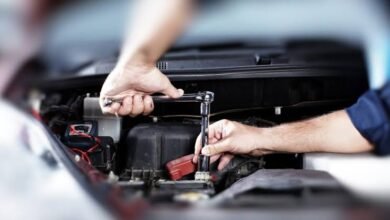Microgrids and Local Electricity Providers: Resilient Energy Solutions

Electricity is important in our lives. We depend on it every day. But sometimes, big power grids fail. Storms or other disasters can cause blackouts. This is why microgrids are becoming more popular. They offer a resilient way to make sure we always have power, even when the main grid is down.
In this post, we will explore what microgrids are, how they work, and why local electricity providers are key in making them successful. Some companies, like EnergyAustralia, are already part of this movement. They are helping to bring microgrids to communities, providing clean and reliable energy. You can learn more if you contact EnergyAustralia.
What Are Microgrids?
A microgrid is a small power system. It can work with the main electricity grid or on its own. This makes it very flexible. Microgrids often use local energy sources, like solar panels or wind turbines. When the main grid is working, a microgrid helps supply energy to homes and businesses. But, if there is a power outage, the microgrid can disconnect from the main grid and keep providing electricity to local areas.

Benefits of Microgrids
Microgrids have many benefits:
- Reliability: They keep working even during a blackout.
- Clean Energy: They use local energy sources, like solar power.
- Lower Costs: They can save money by using renewable energy.
Local electricity providers are often the ones who set up and manage these systems. This helps them offer better services to customers.
How Do Microgrids Work?
Microgrids are connected to the larger grid but can also operate alone. This makes them very useful when there are problems with the main grid. For example, if a storm knocks out power, a microgrid can keep running.
Microgrids usually get their power from renewable energy sources, like solar panels or wind turbines. They can also store extra energy in batteries. This stored energy can be used later when the sun isn’t shining or the wind isn’t blowing.
Local Providers Play a Key Role
Local electricity providers are important for microgrids to work well. They help set up the system and make sure it runs smoothly. Local providers also know what their communities need. This means they can offer better and more personalized services. In places like Queensland, where power needs can vary, local providers are able to offer Queensland power comparison services to help people find the best options for their homes and businesses.
Why Are Microgrids Important?
Microgrids are important because they help make our energy systems more resilient. Resilience means being able to handle challenges and bounce back from problems. In the case of energy, it means keeping the lights on even when something goes wrong. This is especially important during natural disasters, when big power grids often fail.
For example, after a hurricane, it can take days or even weeks for the main power grid to be fixed. But with a microgrid, homes and businesses can get power right away. This helps people stay safe and continue their daily lives without interruption.
Microgrids and Sustainability
Another reason microgrids are important is that they support sustainability. Many microgrids use renewable energy, like wind or solar power. This reduces the need for fossil fuels, which are bad for the environment.
Microgrids Help the Environment
- Reduce Carbon Emissions: Using renewable energy helps reduce harmful emissions.
- Lower Energy Costs: Renewable energy is often cheaper than fossil fuels.
- Encourage Local Energy: Microgrids support local energy sources, which can reduce the need to transport energy over long distances.
By focusing on renewable energy, microgrids not only help the environment but also provide cheaper and more reliable energy. This is why they are a great solution for many communities.
Challenges of Microgrids
While microgrids offer many benefits, they also come with challenges. One of the biggest challenges is the cost. Setting up a microgrid can be expensive, especially for small communities. However, as more technology becomes available, these costs are coming down.
Another challenge is regulation. Different countries and regions have different rules about how energy can be produced and shared. This can make it difficult for microgrids to get approval from the government. But as more people see the benefits of microgrids, these rules are starting to change.
Lastly, some people worry about the reliability of renewable energy sources. For example, solar power depends on the sun, and wind power depends on the wind. If the weather isn’t right, these sources might not provide enough energy. However, by combining different energy sources and using battery storage, microgrids can solve this problem.

The Future of Microgrids
Looking ahead, microgrids will play a big role in the future of energy. As the world continues to face challenges like climate change and natural disasters, microgrids offer a way to make energy systems more resilient and sustainable. They help reduce carbon emissions, save money, and keep power on when we need it most.
More local electricity providers are starting to adopt microgrids. They see the benefits of offering reliable and clean energy to their customers. And as technology improves, microgrids will become even more affordable and effective.
Conclusion
Microgrids and local electricity providers are working together to create resilient energy solutions. By using renewable energy and local sources, microgrids offer reliable and affordable power. They help communities stay connected, even during disasters, and reduce the harm to the environment. Local electricity providers play a key role in making these systems work, offering personalized and effective solutions to their customers.
Key Takeaways:
- Microgrids provide reliable power, even during blackouts.
- They use renewable energy, which helps protect the environment.
- Local electricity providers help set up and manage microgrids for their communities.
In the future, microgrids will become an even more important part of our energy systems. They offer a cleaner and more resilient way to power our lives.



